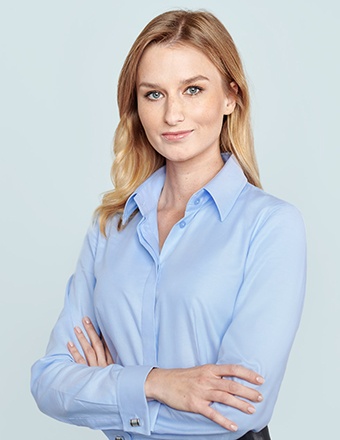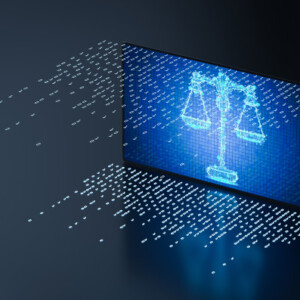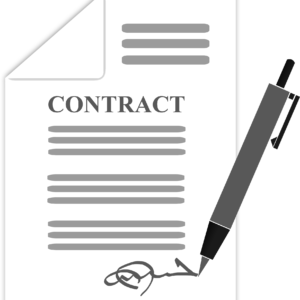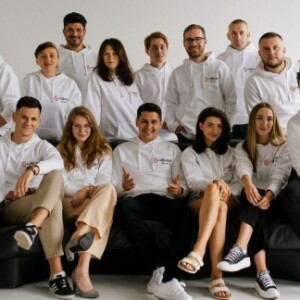🚫Will the AI industry’s fair use argument collapse?
Last week, the U.S. Supreme Court ruled in a case between the Andy Warhol Foundation for the Visual Arts and photographer Lynn Goldsmith. The issued ruling is significant for the interpretation of the US construction of fair use (in Poland, the most similar, though not identical institution is the so-called permitted use [dozwolony użytek]) and, indirectly, for the AI industry.
The background to the ruling is a case in which photographer Lynn Goldsmith took a picture of Prince in the 1980s, and then Vanity Fair magazine bought a license for one of the photographs from her. The magazine commissioned Andy Warhol to create a graphic based on this photograph, and the photographer was paid accordingly.
The problem arose when Warhol created a series of works, among others an orange silkscreen of Prince’s photograph (Orange Prince), which was later placed on the cover of Vanity Fair. The photographer then claimed that her rights were infringed in this case (she did not receive any remuneration for this, the license fee was actually paid, but to the Foundation). Therefore, the Foundation referred to the Court seeking a judgment to declare that either no infringement occurred or that it was within fair use.
The Supreme Court ruling, issued in May, upheld an earlier ruling of the appellate court that an infringement had occurred. The Supreme Court stated, among other things, that while a “transformative” use of a work (creative, adding new meaning, etc.) is important, it is not decisive. Importantly, the court found that the artist’s work was in direct competition with that of the photographer (it was a substitute), in addition, it was licensed for a fee, so the nature of the use was commercial.
💡 Therefore, it seems that the deciding factor was one of the fair use criteria, which is the purpose and nature of the use of the work, as well as the issue of competitiveness.
⚖ The above ruling may now affect AI companies in the first place, which have so far based their operations precisely on fair use. It’s no secret that AI relies heavily on copyrighted materials that subsequently provide the basis to “create” new materials.
The criteria considered for fair use, however, are so vague that there can be multiple interpretations. Still, with regard to fair use, it is the court decisions that shape such interpretations. Of course, time will tell to what extent the US courts will interpret the ruling broadly and to what extent they will conclude that a given case refers to entirely different, specific facts.




